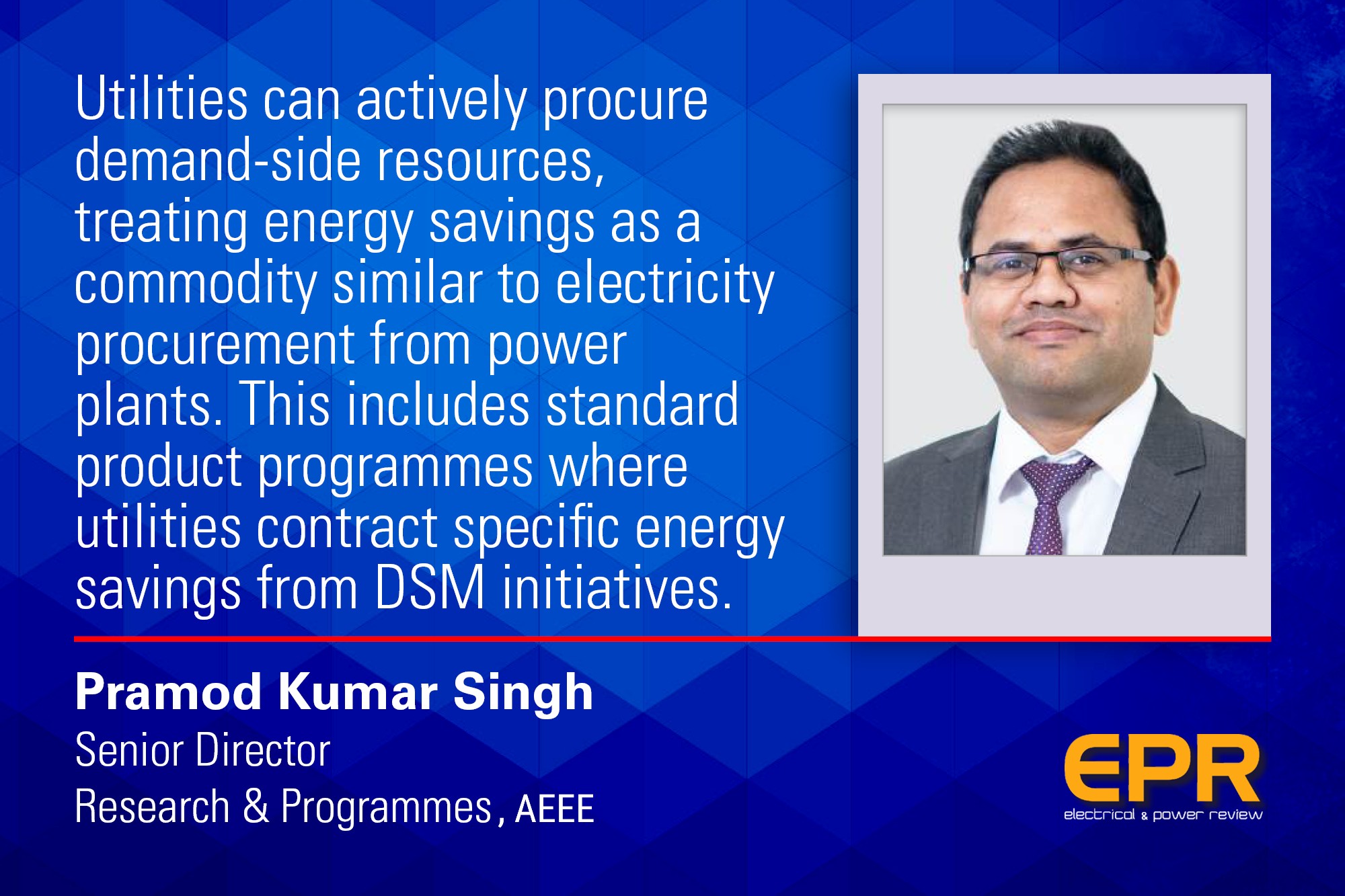Technology and behavioural change facilitating demand-side management
By Staff Report September 25, 2024 5:33 pm IST
By Staff Report September 25, 2024 5:33 pm IST

Understanding Demand Side Management (DSM) becomes crucial in an age where energy efficiency is paramount. While the importance of DSM has been established, it is essential to clarify its definitions, regulatory framework in India, and practical applications. Pramod Singh delves into what DSM entails, the relevant regulations governing it, and various successful models implemented across the country.
Defining energy efficiency and demand response
Demand-side management refers to the actions taken on the consumer side of the energy meter to optimise energy consumption. Unlike supply-side measures, which focus on generating and distributing energy, DSM encompasses two primary components: energy efficiency and demand response. Energy efficiency involves using technology or behavioural adjustments to reduce energy consumption without compromising service quality. For instance, using energy-efficient appliances or improving operational practices can save energy. On the other hand, demand response refers to changes in energy consumption patterns, such as shifting energy use to off-peak times or temporarily reducing consumption with customer consent, distinguishing it from load shedding, a supply-side control measure.
Regulatory framework for DSM
The regulatory framework for DSM in India primarily falls under two legislations: the Energy Conservation Act and the Electricity Act. These laws empower various regulatory bodies, such as the Central Electricity Regulatory Commission (CERC) and state electricity regulatory commissions, to formulate policies and guidelines for DSM initiatives. About 24 states and eight union territories have implemented DSM regulations to enhance energy efficiency through various codes and schemes, such as the Energy Conservation Building Code (ECBC) and the Perform, Achieve, and Trade (PAT) scheme for large industries. Notably, Maharashtra and Assam are advancing in their regulatory efforts, moving towards formalised demand response regulations, indicating a growing recognition of the flexibility demand management can offer.
The role of technology and behavioural change
Technology plays a pivotal role in implementing DSM initiatives. Smart meters, for instance, serve as enablers of DSM activities, allowing for better monitoring and management of energy consumption. While smart meters alone do not constitute a DSM activity, they facilitate the design and execution of energy efficiency programmes. In addition to technology, behavioural change is a crucial aspect of DSM. Even with installing energy-efficient appliances, consumer habits must align with efficient usage to achieve optimal results. This highlights the importance of education and awareness in fostering a culture of energy conservation.Successful DSM models
Several DSM models have been successfully implemented across India, each targeting different consumer segments and employing various strategies. Rebate programmes incentivise consumers to purchase energy-efficient appliances, providing financial incentives for products like LED bulbs and energy-efficient air conditioners. Innovative tariff designs, such as time-of-use tariffs, encourage consumers to adjust their usage patterns based on pricing, promoting demand flexibility. Utilities can actively procure demand-side resources, treating energy savings as a commodity similar to electricity procurement from power plants. This includes standard product programmes where utilities contract specific energy savings from DSM initiatives. Additionally, various pilots have been conducted to test demand response strategies, engaging public and private distribution companies with manual and automated responses.
Hence, as India transitions towards a sustainable energy future, integrating demand-side measures with supply-side strategies will be vital. Energy security and climate change challenges necessitate a comprehensive approach that leverages both DSM and renewable energy sources.
We use cookies to personalize your experience. By continuing to visit this website you agree to our Terms & Conditions, Privacy Policy and Cookie Policy.